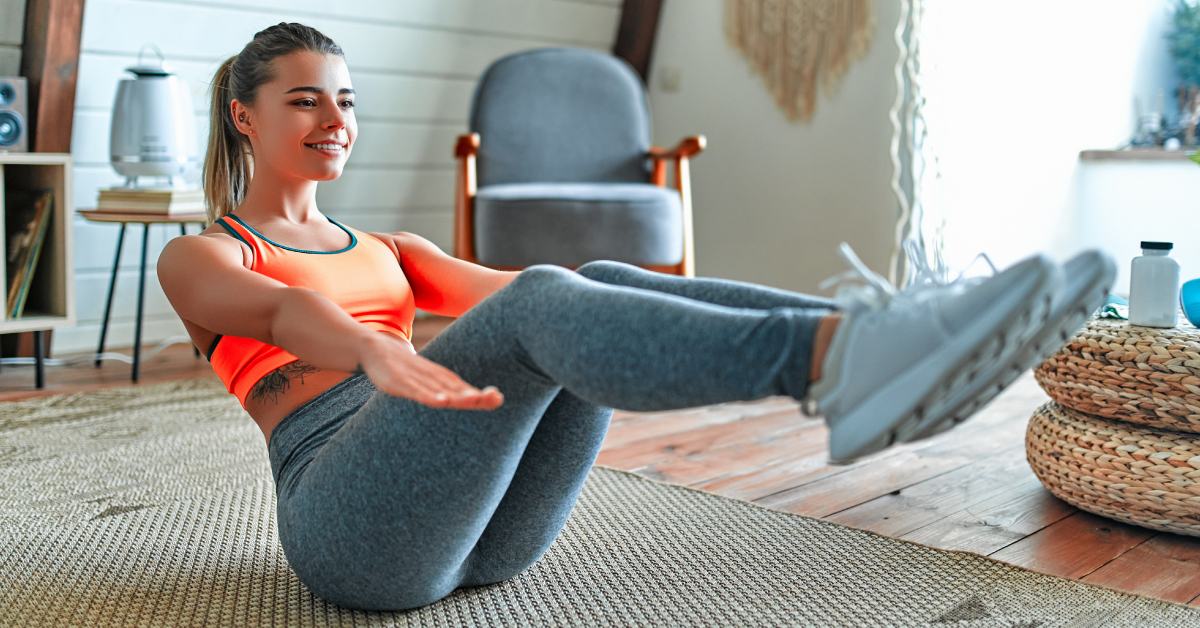Tips for Exercising Safely

The start of the year is a good time to set healthy goals for ourselves, and improving our fitness and getting more exercise are fantastic resolutions that will help keep us motivated to start the year right. However, in our eagerness to get in shape, we might end up hurting ourselves and taking things a little too far.
Almost anyone can safely take up walking, and if you are an adult with no troublesome symptoms, light to moderate exercise is typically okay. If you plan to start more vigorous workouts or if you have any questions about your health, it’s always best to talk to your doctor.
Your Cibolo ER would like to share some helpful tips on how to exercise safely and for avoiding injuries.
As soon as your doctor gives you the green light to exercise, the tips below can help you avoid sustaining exercise injuries:
1. Be sure to warm up and cool down properly for at least 10 minutes before you exercise.
2. Start slowly and gradually boost your activity.
3. Know that exercising too often or too hard can cause injuries like sore or stiff joints, stress fractures, and inflamed ligaments and tendons. Try to incorporate a variety of activities and exercises into your routine.
4. If you feel very tired or when you are sick, hold off on exercise. It’s important to listen to your body. If you cannot complete an exercise session, it’s fine to cut back, most especially if you feel faint, feel fatigued during the day, or suffer persistent aches and pains.
5. Have you stopped being active for a while? If such is the case, it’s best to initially do some lower-level exercises. For instance, if you are doing strength training, do fewer reps or sets or lift lighter weights.
6. Pick shoes and clothes that are designed specifically for your type of exercise. Remember that shoe cushioning eventually wears out, so be sure to replace them every 6 months.
7. Exercising in hot or humid conditions can lead to dehydration and overheating. On hot days, exercise during cooler morning or evening hours, and be sure to be on the lookout for the signs of overheating, like nausea, headache, dizziness, palpitations, and cramps.
8. Drink plenty of fluids. If you are working out especially hard, be sure to choose fluid-replacement fluids that contain electrolytes.
Visit your nearest San Antontio Emergency Room if you exhibit these signs:
- Inability to walk
- A joint that feels unstable or locks up
- If the injury is accompanied by a crack or a pop and doesn’t go back to normal
- If you experience any form of symptoms following a head injury
- A muscle strain or pull that is bruised
- Bleeding that won’t stop
- If you are feeling unusually out of breath or have a dull ache on your chest
- Tingling, numbness or weakness
- Extreme headache


